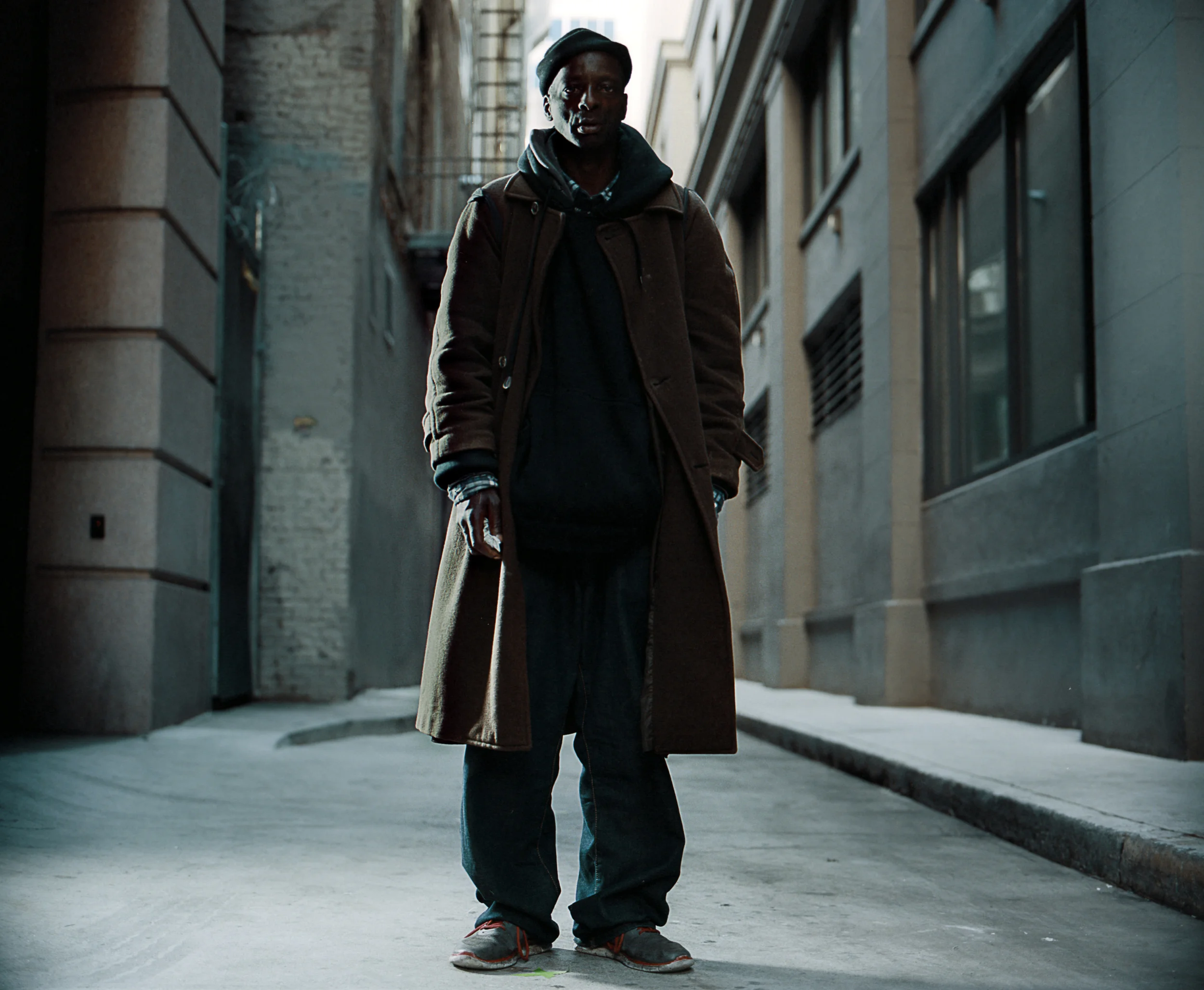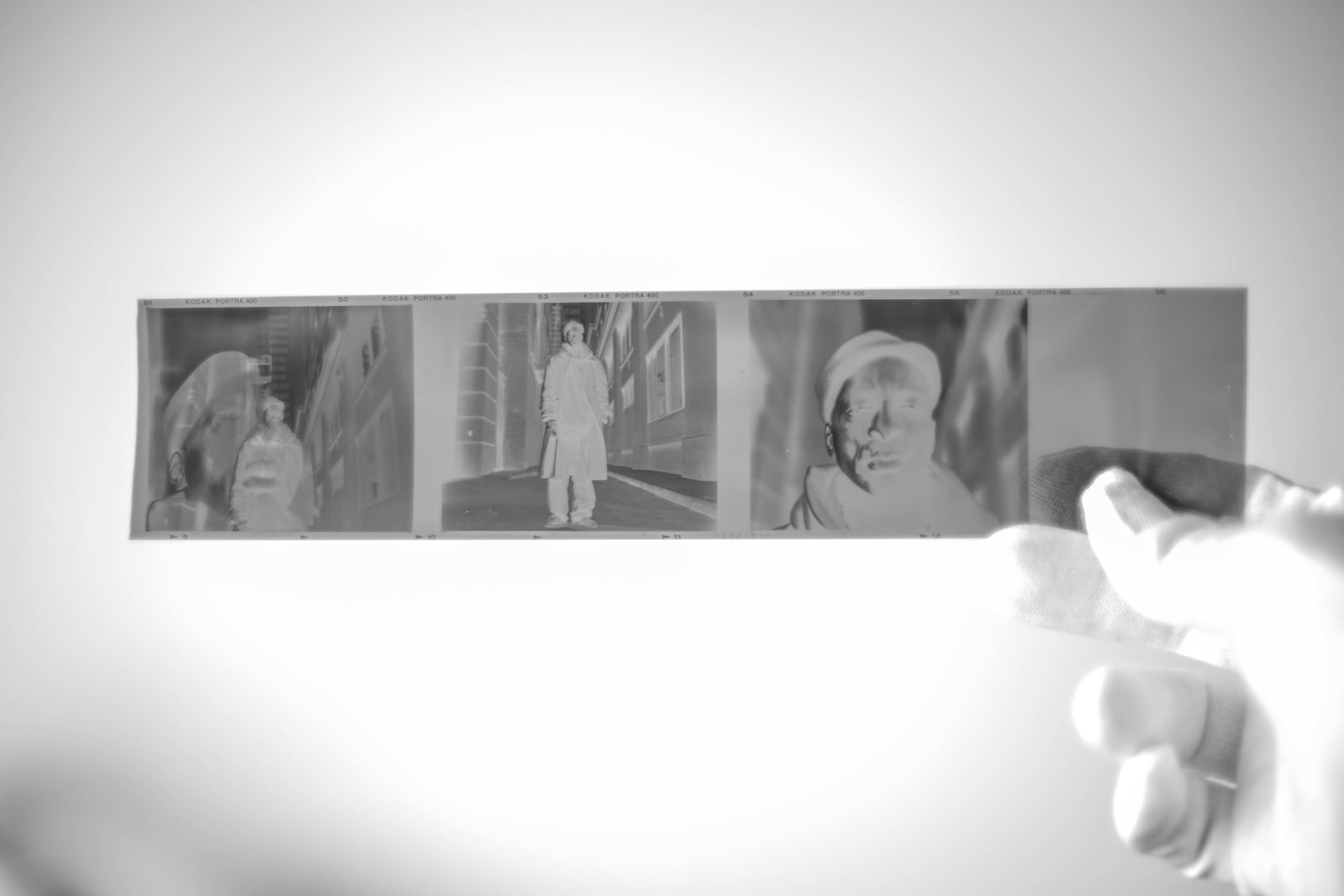The Face of Homeless
This documentary film is about my approaching to homeless people on streets and taking a portrait of them with my film camera. What they've left behind after I took portraits of them shocked me.
Testimonial
"What really stood out to me about the film (The Face of Homeless) was that I think about homelessness a lot because of my profession, and what I’m teaching in my classes that you made me think about it differently. By drawing on your own expertise in terms of photography/film and thinking about the way that you went about making the film (The Face of Homeless) and the parallels that you could draw between the process that you chose to take and the process of us seeing or not seeing the homeless. It really made me think about the issue in a different way when you compared it to why you prefer an old fashioned film over a digital photography, because the way that light, the shadow influences the subject or the object. It was almost poetic. It made me think more poetically about the social issue. We tend to think of that in terms of statistics and hard facts, but your own photography and your own techniques added this poetry to it and then added this certain beauty to it. And because you were skilful and how you made it. It made the people (your subjects) we could see the beauty of them more easily. Those are incredibly beautiful portraits that you created out of these individuals."
- Robyn Autry, PHD Dept. of Sociology. Wesleyan University
Robyn Autry, PHD Dept. of Sociology
Wesleyan University
Middletown, CT














Summer 2014, I flew from Thailand to San Francisco as an international student. It was my first time to be in United states. High buildings, skyscrapers, cable cars and the divergent ethnicity here. These all made me feel totally different from where I'm from. However, the only thing that I wondered was "why there're so many homeless people living on streets here, such at the most highly developed country in the world?" The answers I got from them weren't about "how did they end up living on streets" nor "what happened to their life". There was no difference between them and me. They just need what we need, "love" and "kindness". We're all human.
I used a medium format film camera "Mamiya RB67 Pro-SD". I strongly believe that film has a power to express an emotion better than a digital one. It captures the very moment as we see and way far more organically, unlike digital cameras that have a complex process based on endless crazy binary number 110010110100010110101.
Digital cameras are sharp, fast and convenient for everyone nowadays. Film cameras take time to shoot and develop.
In order to see pictures that you just take, you have to send a negative to a photo lab. It takes 1 hour up to 1 or 2 days to develop your film. Yes, it's time consuming but have you ever heard "worth having things never come easy"?
Patient and hardship define me how much I care about my craft. I shot and developed all negatives by myself and the outcomes were amazing for me.
"Money talks" somebody says that but I don't have it in my dictionary. It's true that I used some (sort of) hi-class equipments for this project, but a few of them were just middle class (affordable) stuff and it really doesn't matter as long as you know how to use them properly to achieve your goal.
Here is the list of the equipments I used.
- Medium format camera "Mamiya RB67 Pro-SD
- Film "Kodak Portra 400"
- Strobe "The AlienBees B800"
- Speedlite "Yongnuo YN560-III"
- Wireless TRX "Yongnuo YN560-TX"
- Wireless TRX "Yongnuo RF603-II"
- Octabox 60 inches "Fotodiox Pro Octagon Softbox"
- Stripbox 13" x 56" "ePhoto Stripbox"
- Negative scanner "Canon 9000F mkII"
- Develop chemical "Tetenal C-41"
As you can see, I don't really have a boatload of professional equipment. However it worked!
Limited circumstance forces us to work harder,which makes us stronger.
Move on to the film developing process.
This is the most breathtaking moment ever for me. It's a judgement time for every folks who's in this field (film photography). I spent hours by hours to develop all of negatives by using C-41 chemical. I took the different method to develop films from what I usually do, but overall it came out really good for me.
Behind the scene.
Taken by Daisuke Konagai, Jackson Dean.
























Credit
Produced and Directed : Watcharawit Ya-inta
Music Composer : Bill Piyatut H.
Videographer : Haansol Rim, Bang Lin, Watcharawit Yainta
BTS Photographer : Daisuke Konagai, Jackson Dean
Production Assistant : Jin-Un Park, Garrett Bradley, Bang Lin, Daisuke Konagai
Sound Recording Engineer : Napatz Singkarat
Special Thanks : Parker Alexander, Erika Arnold, Daniel Lang



